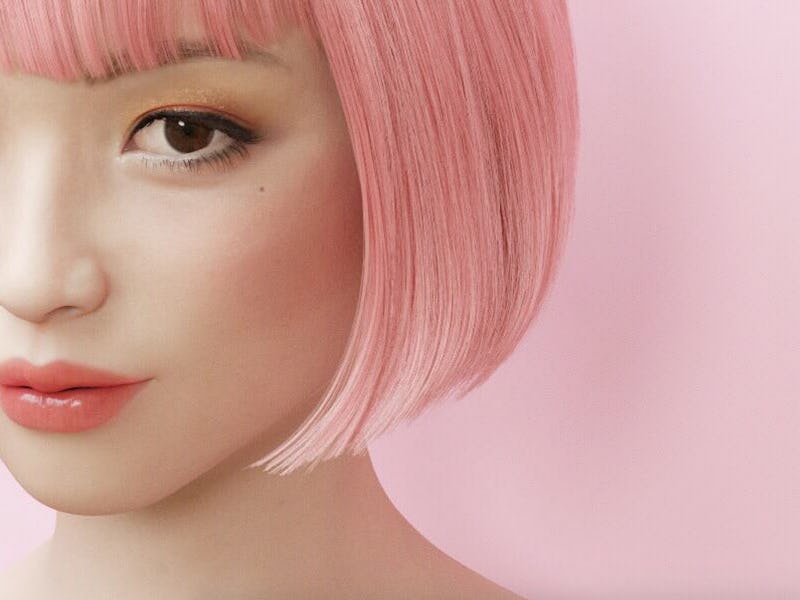The Weirdest Trend on Instagram: Virtual Influencers Who Make Real Content

The sun may already be setting on the age of the ambiguously famous social media influencer. After all, why pay an actual human being to hawk nutrition concepts or multi-level-marketing schemes when you can create a virtual human who, being not a real person, is perfectly willing to strut, pose, and even make memes for free.
The latest virtual influencer to go viral is named Imma, a self-described “virtual model “ who’s on the February 2019 cover of the Japanese computer graphics magazine, CGWorld. She accomplished this despite being completely fake, rendered entirely in CGI. A recent photo shows it standing in the middle of a city street, hands on hips, with the caption, “hello earth 🌎 hello human 👶 hello ai.” It’s not clear what artificial intelligence is at play, though.
The incredibly lifelike fashionista first hit the internet on July of last year, and has since amassed 8,900 followers on Instagram. It sounds impressive, but it’s peanuts compared to some of the other computer-generated influencers like Lil Miquela, who boasts about 1.5 million. That said, Imma’s almost indistinguishably human appearance makes her significantly more compelling. Not only that, it’s a sure sign that we could see increasingly humanlike iterations of models like Imma, who was created by Tokyo-based CG company Modeling Cafe, according to a report by IT Media.
What Is a “Virtual Influencer”?
The popularity surrounding virtual influencers has been significant enough to start attracting serious cash, including from some of the most famous venture capital firms like Sequoia Capital. They have thrown millions at Brud, the Los Angeles-based company behind Lil Miquela. TechCrunch also reported that notable investors like Spark Capital and Betaworks Ventures are looking similar ventures. If brands performatively chopping it up on Twitter is any indication, we we could see something akin to a cinematic universe of CGI influencers within the next couple years.
“A lot of it is going to be like any kind of content studio,” Betaworks partner Peter Rojas told TechCrunch. “In 2019 and 2020 we’re going to see a lot of these.”
Lil Miquela is the avatar that got all of this hype started, her first Instagram post was all the way back in 2016. The computer-generated personality has since branched out, releasing a song in 2017 that prompted many publications to compare her to the virtual band The Gorillaz. But Lil Miquela’s level of artifice goes much further than the musical group ever did.
Brud, for example, has already created “friends” for Lil Miquela, named Blawko and Bermunda, while the website The Diigitals claims to be the world’s first virtual supermodel agency. Many of these avatars straddle the uncanny valley, meaning they don’t exactly resemble humans, but that could change very soon.
The makers of Imma have proved that it’s possible to make fake Instagram stars that are almost indistinguishable from the real ones. With newfound interest and millions of dollars pouring into the CGI influencer industry, it’s no small leap to imagining an Instagram-based reality TV show with hyper realistic virtual characters.
Lil Miquela and her posse already post about made-up drama. We may only a couple of months away from online beef between computer-generated avatars filling our newsfeeds.